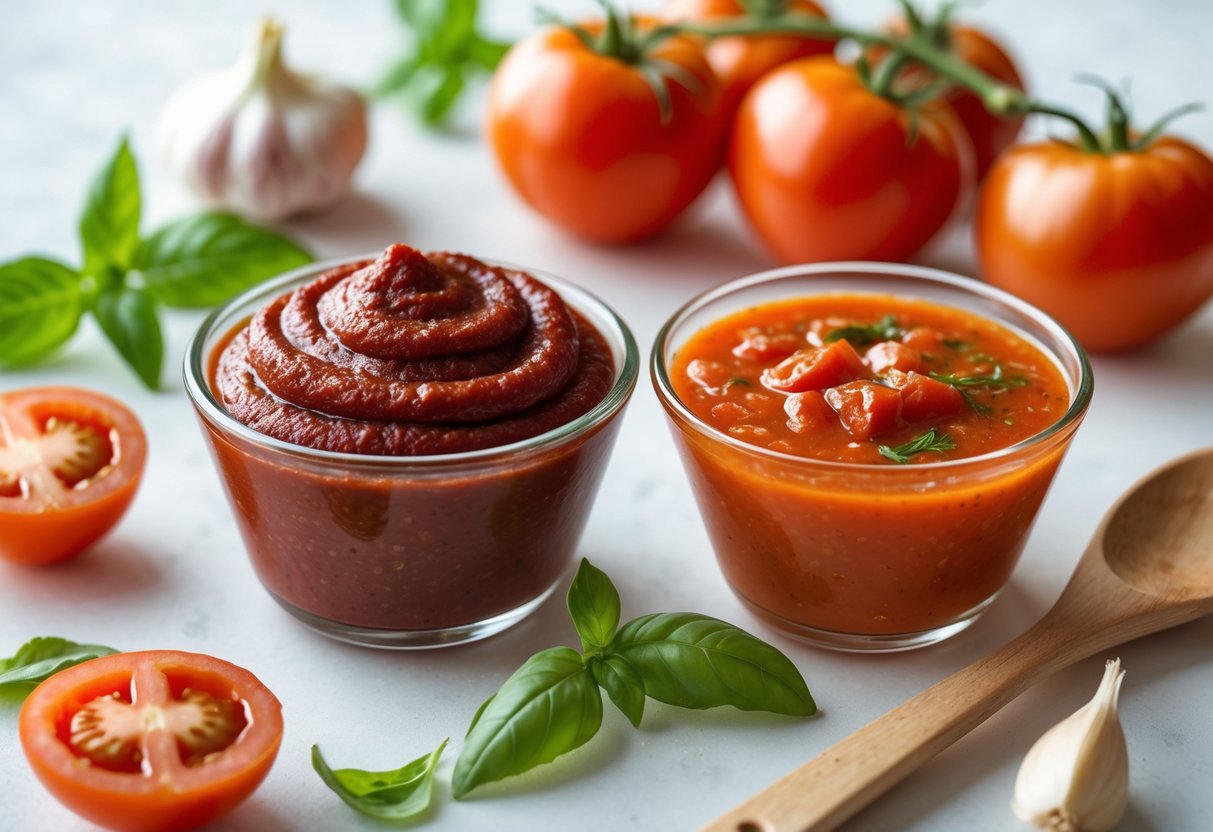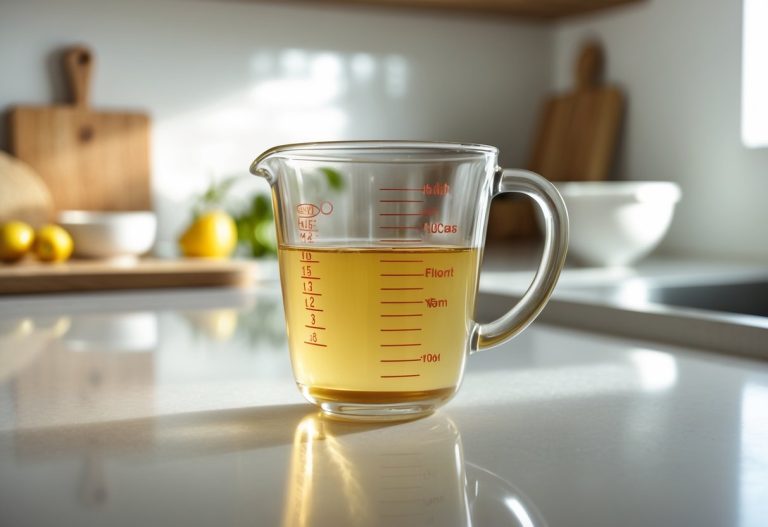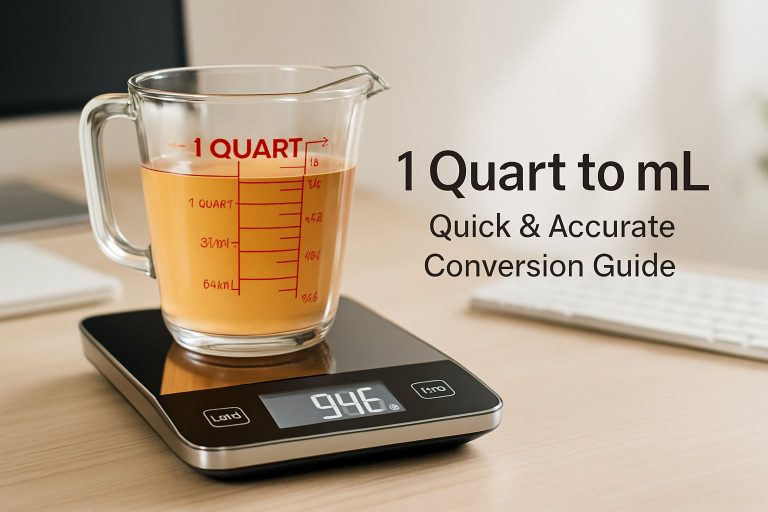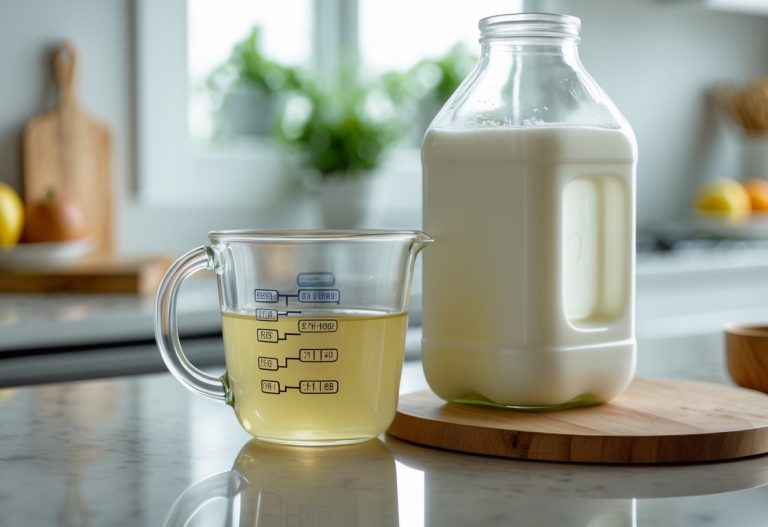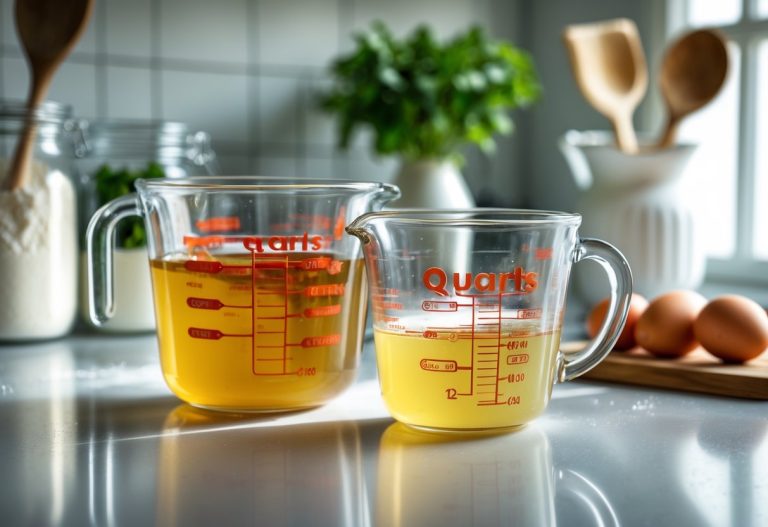Tomato Paste vs Sauce: Understanding the Differences and Best Uses
If you’ve ever stared at cans of tomato products wondering which one to grab, you’re not alone. Tomato paste and tomato sauce both come from tomatoes, but they are quite different in how they taste and how you should use them.
Tomato paste is thick and concentrated, with less water, making it perfect when you want to add a rich tomato flavor or thicken your sauce. Tomato sauce, on the other hand, is thinner and often cooked with other ingredients, giving it a milder taste and a more liquid texture.
Knowing when to use each can change how your dish turns out. Whether you’re making spaghetti or chili, understanding the difference will help you get the best flavor and texture from your tomatoes.
Key Differences Between Tomato Paste and Tomato Sauce

Tomato paste and tomato sauce come from tomatoes but are made and used very differently. One is thick and concentrated, while the other is thinner and often mixed with other ingredients. These differences change how they taste, how you cook with them, and what they add to your meal.
Ingredients and Preparation
Tomato paste is made by cooking down fresh or canned tomatoes for a long time. The water is removed through straining and slow cooking, which results in a thick, dense product. It usually contains just tomatoes, without extra spices or herbs.
Tomato sauce, on the other hand, starts with pureed tomatoes but keeps more water, making it thinner. It often includes added ingredients like onion, garlic, herbs, and spices. This gives it more flavor right away and makes it ready to use as a base for many dishes.
Texture and Consistency
Tomato paste is very thick and smooth. It almost looks like a thick gel because most of the water has been cooked out. This makes it easy to add small amounts to recipes when you want intense tomato flavor without extra liquid.
Tomato sauce has a much thinner texture. It pours easily and spreads well on foods like pizza or pasta. The liquid base keeps it runny, which can help cook meals evenly when you add it to dishes.
Flavor Profile
Tomato paste has a strong, intense tomato flavor. Because it’s concentrated, even a small amount can add depth and richness to sauces, soups, or stews. It tastes pure and slightly sweet but usually needs to be cooked with other ingredients to balance its strength.
Tomato sauce has a milder and more balanced flavor. Thanks to added spices, garlic, and herbs, it often tastes savory and ready to eat. The fresh or canned tomatoes in the sauce give it a natural tomato taste, but it’s less sharp than paste.
Nutrition and Calories
Tomato paste is denser in nutrients due to concentration. It tends to have more calories, sodium, and natural sugars per tablespoon compared to tomato sauce. This is because there is less water diluting those elements.
Tomato sauce, with its higher water content, has fewer calories and less sodium per serving. However, because it often includes added salt and oils, it can vary widely based on the brand or recipe. Checking nutrition labels helps you keep track of what you’re eating.
Best Uses and Popular Recipes

Tomato paste and tomato sauce both add tomato flavor to dishes but serve different roles. Tomato paste thickens and concentrates flavor, while tomato sauce provides a saucier, smoother base. Knowing when to use each can help you make tastier meals.
Cooking with Tomato Paste
Tomato paste is great when you want a rich, deep tomato taste without extra liquid. You add it in small amounts to soups, stews, and sauces to boost flavor and thicken the dish.
Use tomato paste for dishes like chili, meatloaf, sloppy joes, and hearty stews. It also works well in pasta sauces where you want intense tomato flavor without watering it down. For example, if you’re making vodka sauce or marinara, a spoonful of tomato paste adds richness.
Because it’s thick, tomato paste won’t make your dish watery. It’s perfect for tomato bisque or minestrone soup to give a bold taste. You can also use it to deepen homemade ketchup or salsa.
Cooking with Tomato Sauce
Tomato sauce is more liquid and ready to use as is. It’s ideal for dishes where you want a smooth, tomato-based sauce without extra work.
Use tomato sauce for pasta dishes, pizza sauce, and soups like tomato soup or gazpacho. It’s also good for quick meals like burgers, sandwiches, or salads where you might want a lighter sauce.
Tomato sauce works well in recipes where you want to pour or simmer a sauce. It blends easily into dishes and needs less cooking time than tomato paste. You can also season it for dishes like sloppy joes or add herbs for marinara.
Recipe Ideas and Adaptations
Try mixing tomato paste into tomato sauce for richer pasta sauces or pizza toppings. Adding paste to the sauce thickens it and boosts flavor, giving your meal more body.
For soups like tomato bisque or minestrone, add tomato paste in the cooking stage and finish with tomato sauce for a well-rounded taste and smoother texture. When making chili or stews, combine both for balanced flavor and thickness.
Use tomato sauce as a quick base for vodka sauce by adding cream and spices, or spice up plain tomato sauce with garlic and herbs for homemade marinara. Tomato paste is excellent for burgers and sloppy joes when you want a concentrated tomato kick without too much liquid.
